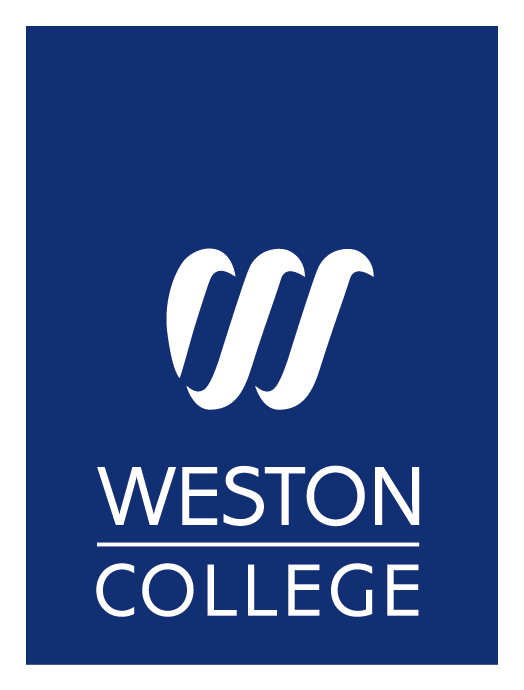
Engineering Fitter (Apprenticeship Level 3)
Introduction:
Typical job titles include:
Mechanical fitter, Electrical fitter, Electronic fitter, Instrumentation fitter, Pipe fitter, Controls, and systems fitter.
The broad purpose of the occupation is to produce complex high value, low volume components or assemblies in full or part, using machines, equipment, or systems, to the required specification. For example, turbines, cranes, gearboxes, production lines, rigs and platforms. Fitters may typically have a mechanical, electrical, electronic, control systems, pipe fitting or instrumentation bias or operate across multiple disciplines depending on the type of assembly. To produce or re-furbish the components fitters will interpret drawings/specifications and plan their work, for example ensuring they have the right tools, equipment, and resources to complete the task to the required specification. Fitters are required to check their work against quality standards and make adjustments as required based on their knowledge. On completion of the task a fitter will hand over the product and prepare the work area for the next task by checking equipment meets the standards required to operate. They may be based in a workshop or client’s premises - this may include hazardous environments.
Entry Requirements:
There are no statutory/regulatory engineering-based entry requirements, but applicants will need to have at least Grade C/5 GCSE maths and English.
Functional Skills:
Apprentices will be required to have or achieve level 2 English and maths prior to completion of their Apprenticeship. If Level 2 has already been achieved, then development of further English and maths skills will continue for the whole of the apprenticeship.
Duration:
42 months with a minimum of 20% off-the-job training.
Progression:
Manufacturing Engineer Higher Apprenticeship or other Engineering Degree Apprenticeships.
Funding:
Levy paying employers may fund apprentices on this programme from their Apprenticeship Account and non-levy paying SMEs through the co-funded option. There may be a small fee for some SME’s.
End Assessment:
To achieve this apprenticeship standard, the employer, training provider and apprentice will agree when the apprentice is ready and competent to undertake the independent end assessment, which will test their skills knowledge and behaviours required for this role.

